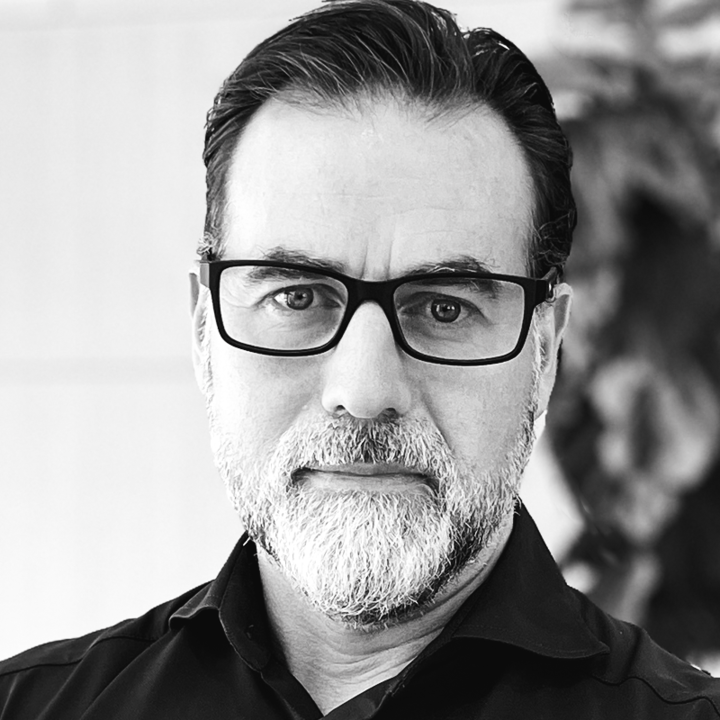Historic climate events are becoming increasingly frequent, and we are slated to cross several dire environmental thresholds in the next decade. Political leaders are beginning to take initiative: For instance, the Biden-Harris administration recently announced new investments in electric vehicles, and the Group of Seven (G7) called for a “fully or predominantly decarbonised power sector by 2035” during their annual meeting in Hiroshima, Japan, earlier this month. However, when it comes to our planet’s future, we need not wait for a legislative directive to step up. Businesses must take it upon themselves to implement sustainable changes—today.
“We've made a bold commitment to become carbon negative and have eliminated nearly 80% of our carbon footprint.”
John H. Chuang FOUNDER AND CEO, AQUENT
For many companies, purchasing carbon offsets seems a swift and convenient solution, but in reality these offsets hardly move the needle. In fact, the reported efficacy of these offsets is often exaggerated and inaccurate. Yet businesses spent around $100 million on carbon offsets last year.
As the saying goes, anything worth doing is worth doing well. This is especially true for sustainability, net-zero, and carbon-negative initiatives. To preserve our environment for future generations, it’s imperative we get things right. Long-term sustainability entails changing the way we work and building an infrastructure that supports it. As business leaders, we need to make genuine sustainability central to our mission and evaluate every decision we make against these goals.
One place that businesses can look to make sustainable changes is where their employees work. If organizations worldwide pivot to a remote-first mentality, our collective carbon footprint will shrink. Remote work has a clear and measurably positive impact on the environment, which we saw in action during the pandemic. Global carbon dioxide emissions fell by 6.4% as fewer people commuted to work, travel came to a halt, and offices shut their doors.
In light of this, some companies decided to make virtual-first work permanent to reduce their carbon footprint. At my company, Aquent, we have drastically reduced our office footprint and have cut back on corporate travel as well. Over the past three years, we have eliminated nearly 80% of our carbon footprint by moving our workforce fully remote and closing the majority of our offices.
Since the start of the pandemic there has been debate over where people work best. Some argue that working remotely boosts productivity. Others prefer the in-person office they’ve always known. In either case, companies need to consider the environmental impact of remote work first and foremost—and shift to a virtual-first model if they can.
I believe that overcoming the hurdles and adjusting to a virtual-first environment is necessary for creating a sustainable business and future.
Still, remote work alone doesn’t get companies all the way there. For some organizations, travel may be essential, and other organizations, such as hospitals and schools, may need in-person spaces to function. Even for a fully remote workforce, employees use electricity, heating, and cooling in their personal workspace. Whatever the case may be, after companies have scaled back their usage, they must find innovative ways to offset the remainder of their carbon emissions.
Long-term projects and investments in climate initiatives such as solar and wind energy and reforestation offer one solution. Research suggests that while these endeavors may take longer than buying carbon credits, they will also make a greater difference in the long term. Taking on these projects can have the additional benefit of furthering companies’ corporate social responsibility efforts. By investing in underserved areas or majority-minority communities that often suffer from environmental racism, companies can have an impact in more ways than one.
To achieve carbon neutrality by 2025, my team has invested in five solar energy projects in Indiana and Ohio, with plans to extend these projects across more of the Midwest. After we achieve carbon neutrality globally, we are going to take further action to counteract our entire 35-year carbon footprint since our founding in 1986.
Two years ago, the U.S. Defense Secretary called climate change an “existential threat.” Unfortunately, since then too few businesses have approached sustainability with the urgency that this threat necessitates.
Change can be difficult, and it’s understandable that some companies worry how a total overhaul of the way they work may affect their bottom line. But there will be no bottom line to worry about a generation from now if we don’t take deliberate measures to confront climate change today.
Sustainability is more than just a buzzword—it is an ethical necessity.
When the stakes are this high, businesses need to go beyond offsets to undo the damages done by 100 years of unconstrained industrial destruction. Meaningful change is possible. Leaders have to take the first steps today to preserve our future.
This article was originally published on Fast Company – POV: Carbon offsets are not enough. Leaders need to change the way we work to address climate change
Latest.

5 simple (but powerful) ways to shine in your design interview.
Job Seeker, Design

How to demonstrate the value of your design team in 2025
Thought Leadership, Design, Industry Trends, Leadership

Ace your interview: Words to watch out for.
Job Seeker




